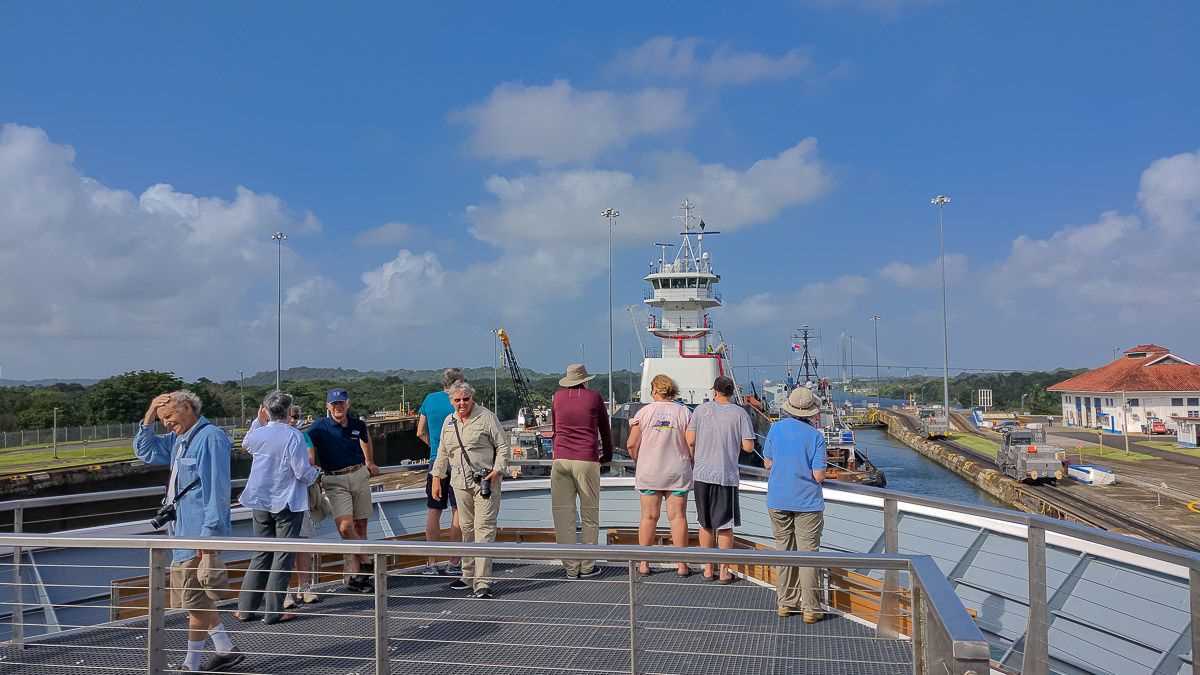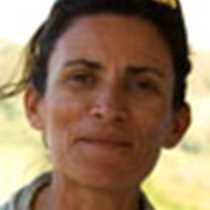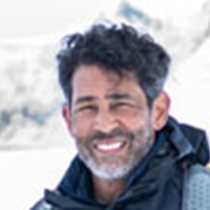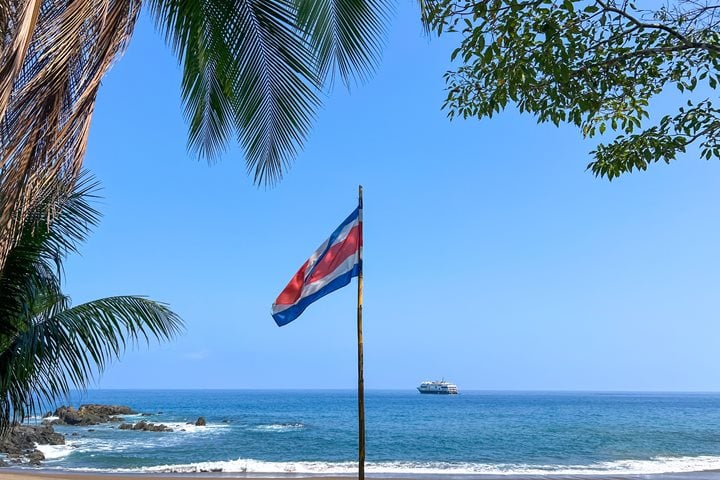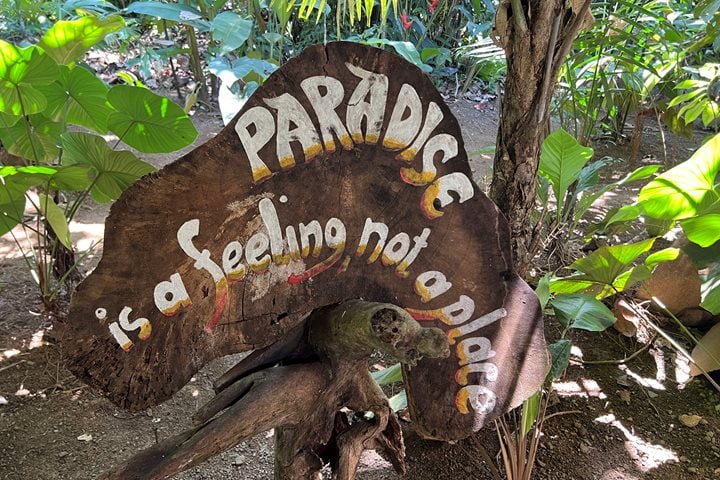The last day of our trip found us anchored just off one of the most important Neotropical research stations in the world, Barro Colorado Island (BCI). After the damming of the Chagres River to create the passageway of the Canal in 1914, the Gatun Lake covered most of the flooded area, 160 square miles, and at the same time formed a few “islands and islets” within the lake. BCI is the largest of them all and has been run by the Smithsonian Tropical Research Institute as a research station since 1923. Most of the world’s known information about the seasonally dry rainforest has come from this particular institute.
We had two ways to explore it, via Zodiac or on foot, walking the trails of the main research area. We had a third option for those who did not want to explore BCI: the tropical rainforest aerial tram. Off we went on our different excursions, and all of them paid off. We came back with reports of monkeys, toucans, American crocodiles, moorhens, jacanas, parrots, agoutis, coatis, and brocket deer. The most amazing part of navigating the lake waters was to enjoy the forest views, and all of a sudden a giant Panamax vessel
After coming back from the hikes and after a wonderful lunch, the third pilot of our trip arrived, at 1:00 p.m. sharp, and began repositioning us further north towards the Gatun Locks, the last three locks before exiting into the Caribbean Sea. With unbeknownst good luck, we began our transit right at 2:00 p.m. and we had a magnificent view of the working of the locks, locomotives, rowboats, tugboats and our companion vessel in the locks. If this was not enough, as we exited the last set of locks and the Caribbean Sea opened to us, a final gust of wildlife faced us:
We could not have asked for a better ending to our transit. With an incredible set of memories, stories, and feelings, we wrap up this fantastic neotropical trip until our next adventure.

